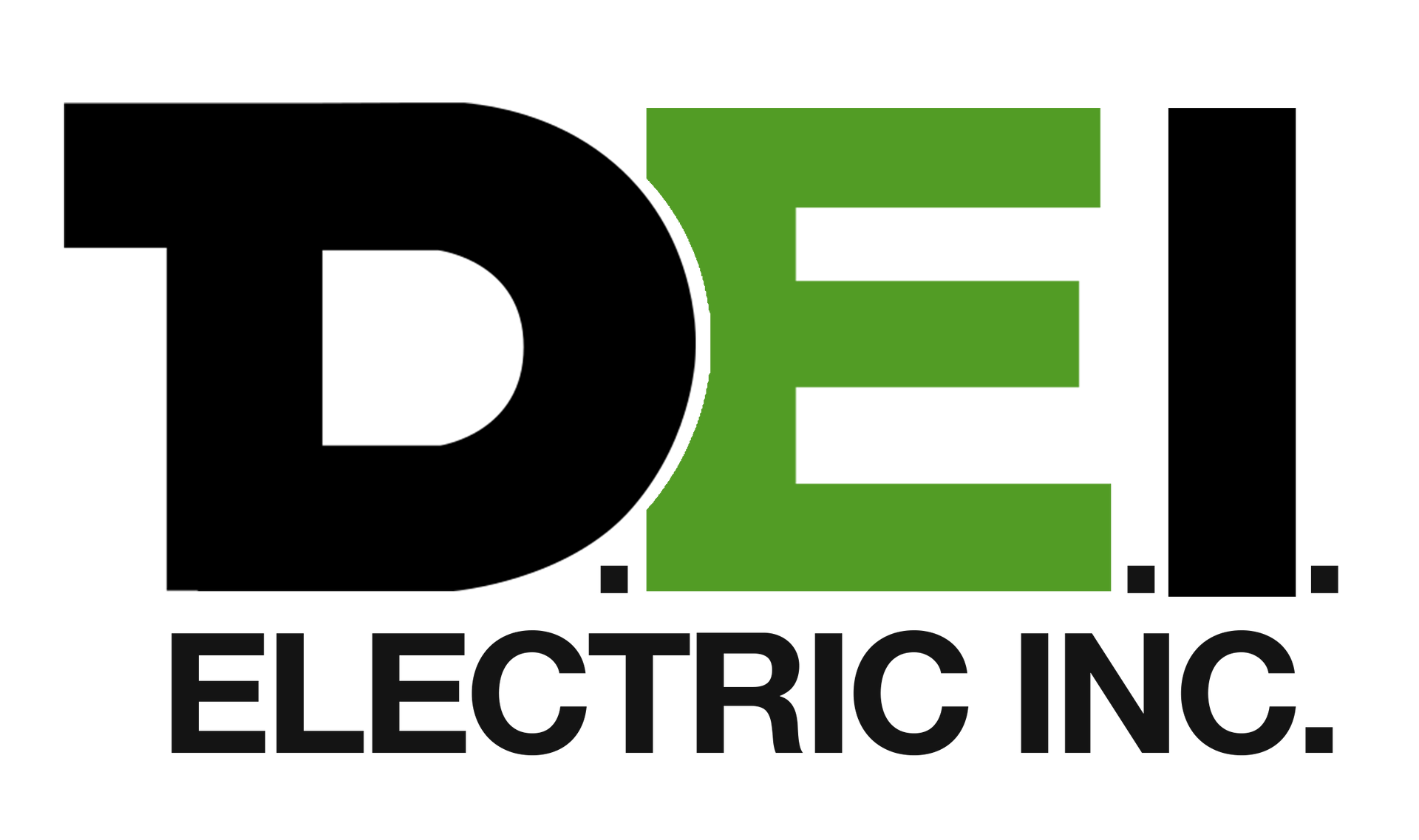Complete Guide to EV Charger Installation in Yucca Valley: What Desert Homeowners Need to Know
Why Yucca Valley Homeowners Are Going Electric
The shift to electric vehicles is transforming how Yucca Valley residents power their transportation. With California's commitment to clean energy and rising gas prices, more desert homeowners are discovering the benefits of charging at home. Installing an EV charger in your Yucca Valley property isn't just about convenience—it's about embracing energy independence in the Mojave Desert.
Understanding EV Charger Types for Desert Homes
Level 1 chargers plug into standard 120V outlets but charge slowly, taking 8-12 hours for most vehicles. Level 2 chargers require 240V circuits and professional installation but charge vehicles in 4-6 hours. For Yucca Valley's extreme temperatures, Level 2 systems offer better efficiency and faster charging when outdoor conditions are harsh.
Tesla owners have specific connector requirements, while other manufacturers use J1772 plugs. Modern charging stations often include adapters for multiple vehicle types, ensuring future compatibility as your household's electric vehicle needs evolve.
Permits and Regulations in San Bernardino County
San Bernardino County requires electrical permits for EV charger installations. The permitting process typically takes 2-3 weeks and includes plan review and inspection requirements. Licensed electricians handle permit applications, ensuring installations meet National Electrical Code standards and local regulations.
Homeowner associations in Yucca Valley may have specific guidelines about exterior charger placement. Review HOA agreements before scheduling installation to avoid delays or modification requirements.
Desert-Specific Installation Considerations
Yucca Valley's extreme temperature swings affect EV charger performance and longevity. Professional installations include weatherproof enclosures rated for desert conditions, protecting sensitive electronics from dust storms and temperature fluctuations.
Proper positioning prevents direct sun exposure during peak summer hours when temperatures exceed 110°F. Garage installations offer optimal protection, while outdoor installations require careful orientation and adequate ventilation.
Electrical System Requirements
Most Yucca Valley homes need electrical panel upgrades to support EV chargers safely. Older homes with 100-amp panels often require upgrades to 200-amp systems. This ensures adequate power for air conditioning, household appliances, and EV charging without overloading circuits.
Dedicated 240V circuits prevent interference with other high-draw appliances. Professional assessment determines whether existing electrical infrastructure supports new charging equipment or requires modifications.
Cost Factors and Financing Options
Installation costs range from $800-$2,500 depending on charger type, electrical upgrades needed, and installation complexity. Distance from electrical panels to installation locations affects pricing, as longer wire runs increase material and labor costs.
Federal tax credits up to $1,000 apply to EV charger installations. California rebate programs may provide additional incentives for qualifying homeowners. Some utility companies offer special rates for EV charging during off-peak hours.
Professional Installation Benefits
Licensed electricians ensure safe installations meeting all code requirements. Professional installation includes proper grounding, circuit protection, and weatherproofing essential for desert environments. Many manufacturers void warranties for DIY installations, making professional service a smart investment.
Experienced installers understand Yucca Valley's unique challenges, from extreme weather to local building requirements. They provide ongoing support and maintenance recommendations to maximize charger lifespan.
Ready to install your EV charger? Contact D.E.I. Electric at (760) 399-7262 for a consultation. Our 30+ years of experience serving Yucca Valley ensures your EV charger installation meets the highest standards for safety and performance in desert conditions.
